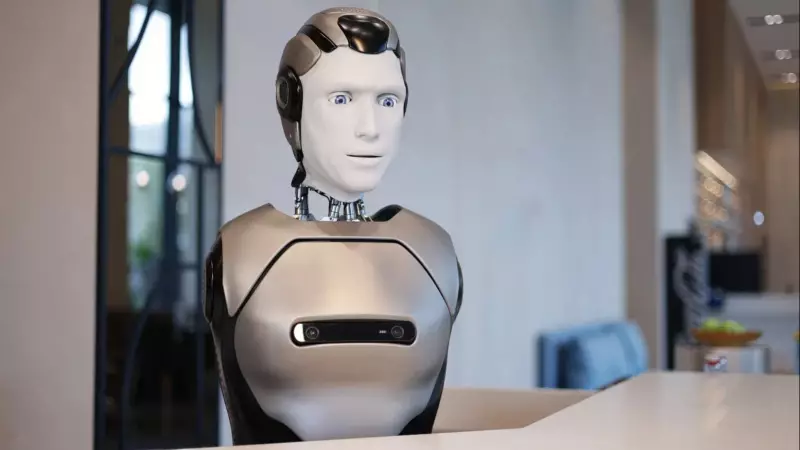
In an embarrassing moment for Russian robotics, the country's much-anticipated humanoid robot AIdol took a dramatic tumble during its live public debut, crashing to the floor in front of stunned spectators.
The Unfortunate Debut
During a robotics forum organized by the New Technology Coalition, the AI-powered humanoid robot developed by Russian firm Idol made its grand entrance only to lose balance and fall spectacularly. The incident occurred mid-performance when the robot, billed as "Russia's first anthropomorphic robot," failed to maintain stability and sustained visible damage from the impact.
The New Technology Coalition, described on Telegram as a "group of companies focused on creating humanoid robots," hosted the unveiling event that turned into an unexpected demonstration of the challenges facing bipedal robotics.
Philosophical Response from Leadership
Idol CEO Vladimir Vitukhin addressed the mishap with surprising optimism, offering a philosophical perspective on the failure. "This is precisely the kind of real-time learning where a successful mistake turns into knowledge, and an unsuccessful one turns into experience," Vitukhin stated.
He further expressed hope that "this error becomes a lesson" for the development team, highlighting the complex nature of creating stable humanoid robots that can navigate real-world environments without falling.
Common Challenge in Robotics Industry
The AIdol incident joins a growing list of robotic failures that have become almost ceremonial in the industry. Even major technology players have faced similar embarrassments during their robotics development journeys.
When Elon Musk first introduced the Tesla Bot, it was revealed to be a person in a costume rather than an actual functioning robot. Although Musk has since shared videos of a working version now called Optimus, the memory of that awkward initial presentation remains fresh in industry discussions.
Meanwhile, companies like Boston Dynamics have demonstrated more consistent progress with their robotic creations. Their dog-like robot Spot and remarkably agile bipedal bot Atlas, developed with DARPA support, have both impressed and occasionally unsettled audiences with their capabilities.
The Bigger Picture for Humanoid Robotics
Humanoid robots represent one of the technology industry's latest obsessions, with companies worldwide racing to develop bipedal machines that can walk, talk, and potentially replace human labor in various sectors. However, as numerous public demonstrations have shown, maintaining upright stability remains a significant technical hurdle.
The debate continues whether these increasingly capable machines represent engineering triumphs or offer glimpses into a slightly unnerving future. What remains certain is that building a humanoid robot that doesn't fall over proves consistently more challenging than it appears to outside observers.
As robotics technology advances, such public failures provide valuable learning opportunities for developers while reminding the public of the complex engineering required to create machines that can replicate basic human movements and balance.





